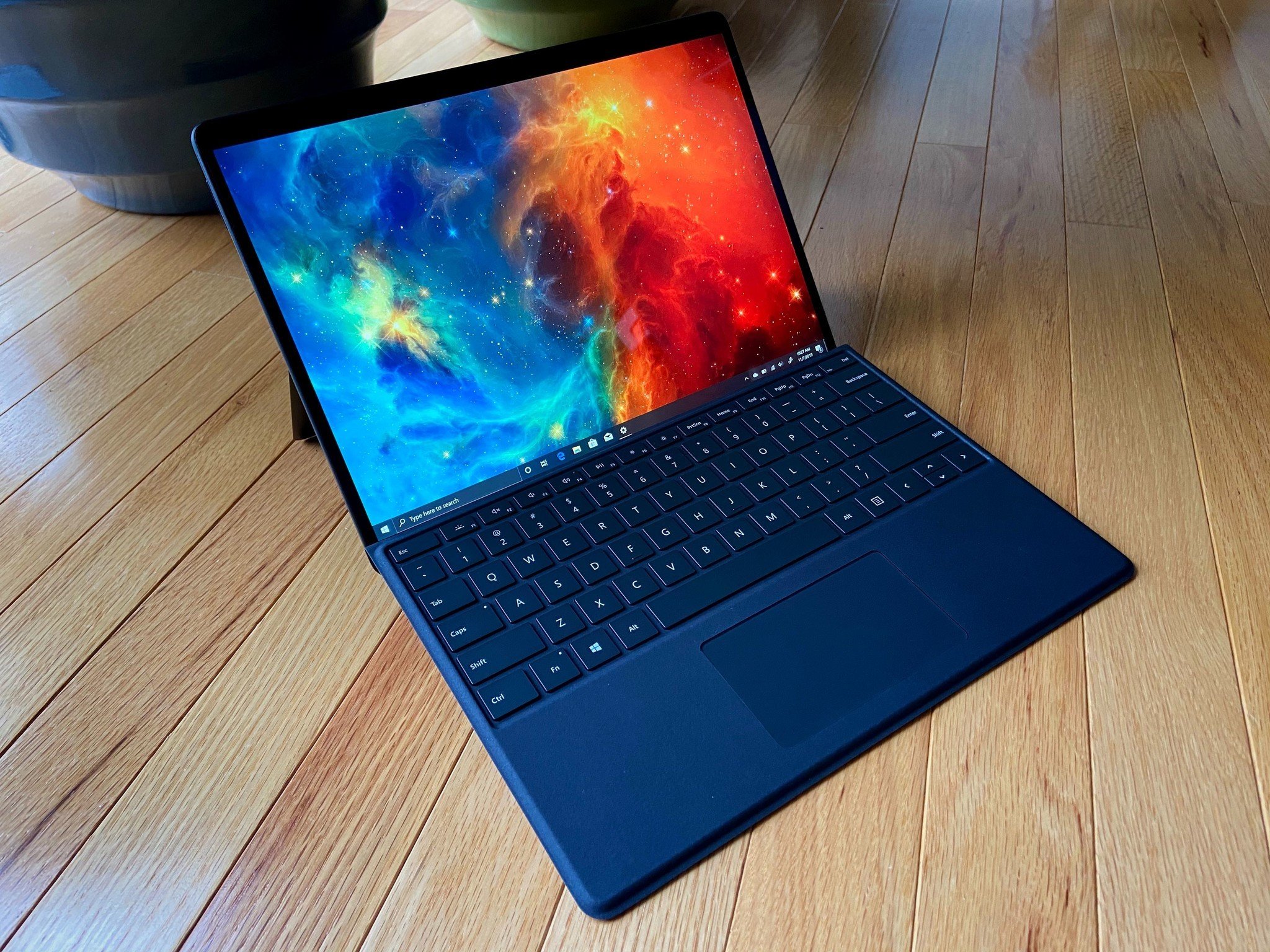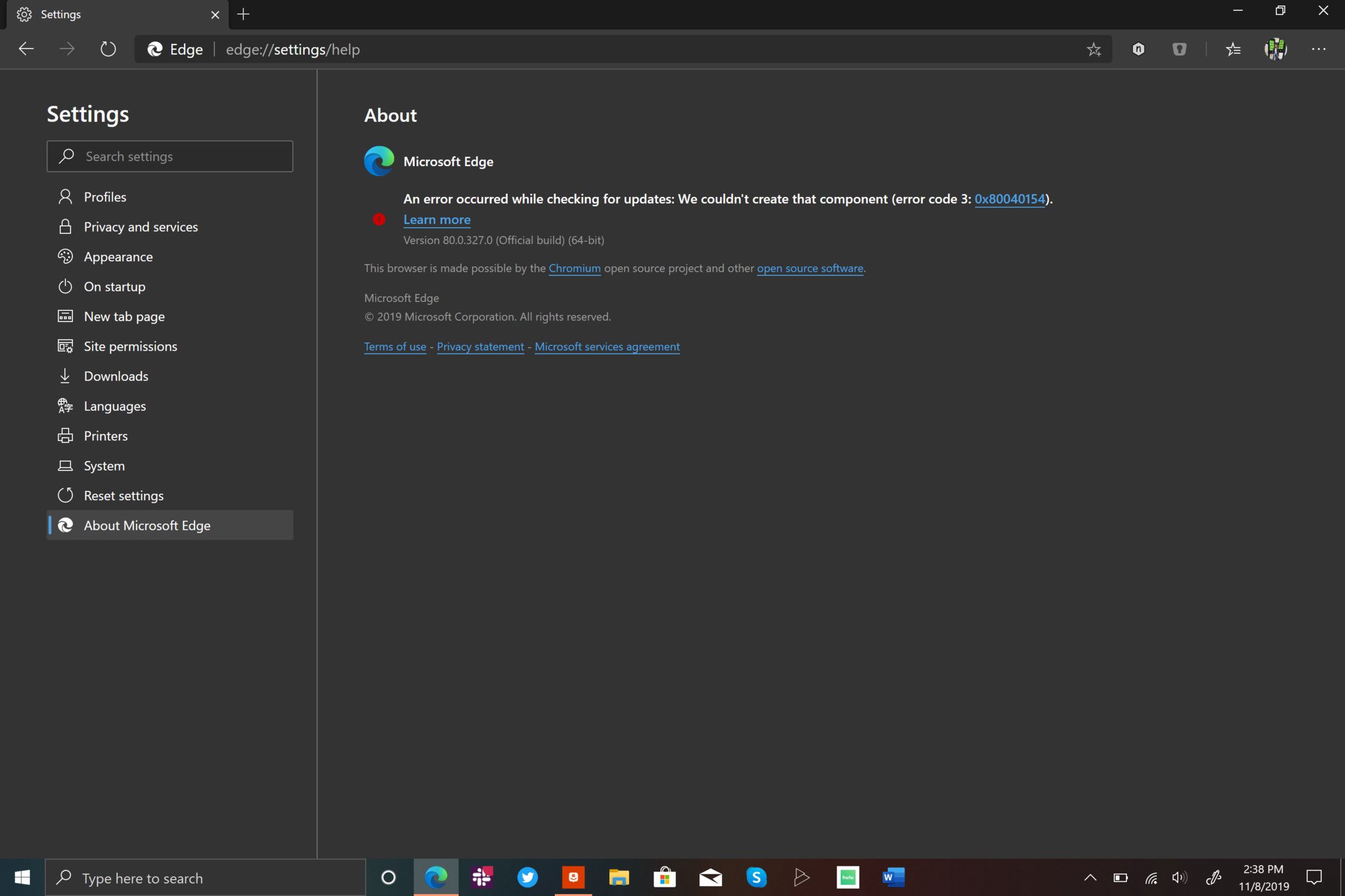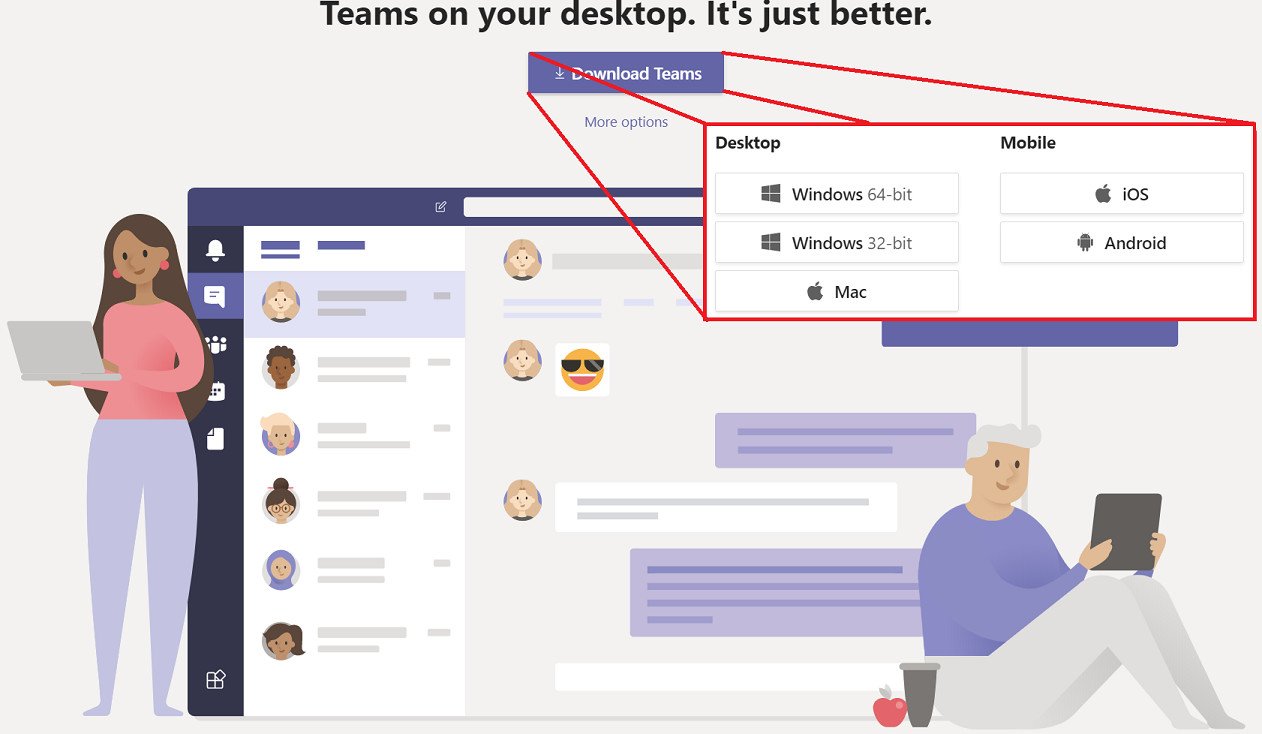Microsoft needs to release its ARM64 Edge browser for Surface Pro X users now
If the Surface Pro X is to succeed, it has to start with Microsoft – and so far, it's setting a bad example.

Microsoft is a massive company, and with that sometimes comes inexplicable decisions. Take the Surface Pro X – the company's first real stab at supporting the Windows on ARM architecture in premium hardware. You would think the company would be firing on all cylinders to sell the experience, but as is a familiar tale with the company, there are some bafflingly significant gaffs.
For example, this week, Microsoft made a deserved big deal about its new Edge browser built on the Chromium Project. Moreover, it got a fancy new logo to go with it and – credit where credit is due – it's so far, an outstanding browser worthy of Windows 10 (and iOS, Android, and even Mac).
So why is it that, if you plunk down well over $1,100 for a new Surface Pro X, you can't use an ARM64 version of that Edge browser? Microsoft is clear that it is not shipping a finalized version of the modern Edge until mid-January 2020, so that's understandable. Still, the ARM64 version is not even available as a Canary or Developer build for Insider testing.

For those curious, the Surface Pro X runs regular Windows 10 Home, but it runs that on ARM64 code – which is why it feels as fast as an 8th Gen Intel Core i5 (and it really does). While the custom SQ1 processor co-developed with Qualcomm can run x86 32-bit applications – like the new Edge browser or even Google Chrome – that code is not optimized for the Surface Pro X resulting in slightly worse performance and also a hit on the battery.
What Microsoft needs is a natively compiled version of Edge for ARM64 – and it has one too. Microsoft has one in testing with version 80.0.327.0 being the latest at the time this article goes live (that's the same build as Edge Canary). It gets updated nearly every day and – get this – it runs beautifully on the Surface Pro X (and other Windows on ARM PCs). It's really good – it's fast, smooth, and is great for battery life. But you can't have it, not today.
How this is still happening in 2019 is beyond me. And frankly, it's embarrassing.
Microsoft cites undefined "blocking issues" preventing its release to Edge Insiders for testing. I don't doubt that – for instance, the ARM64 browser cannot auto-update itself. But I've been using this ARM64 browser for months now (you can find ways to get it), and I have had no show-stopping bugs – it feels as polished as the Edge Dev releases.
Regardless, Microsoft should have done one of two things here. Either it should have waited to release the Surface Pro X until it could sort out this browser issue in January, or, have the ARM64 version ready for public testing with the Insider releases. The latter is not ideal, but at least tech reviewers could point to it and try it out before lambasting the Surface Pro X.
Get the Windows Central Newsletter
All the latest news, reviews, and guides for Windows and Xbox diehards.
The reason why this is important is simple. This week I spoke with Aaron Woodman, general manager for Windows marketing, about Edge. By Microsoft's own account, up to 50 percent of a Windows 10 user's time is spent in the browser. Nailing that experience is critical especially on riskier technology like the Surface Pro X.

And the Edge browser is but one example. What about Microsoft Teams? The app comes in 32- or 64-bit variants, with the former working on the Surface Pro X via the emulation layer. Sure, it works, but a Universal Windows Platform (UWP), or even a native ARM64-compiled version, would be much better. The Surface Pro X is geared towards "tech-forward mobile workers" where Microsoft Teams is quite literally the selling point; how is this not even on Microsoft's radar? Why, after more than two years of ARM PCs, is Microsoft still dragging its feet in supporting its own apps and services?
To anyone following Microsoft for years, none of this is surprising – in fact, it's classic Microsoft. That doesn't make it any less frustrating, though. The Surface Pro X is arguably the most innovative hardware this year, but Microsoft is seemingly self-sabotaging with its lackluster ARM64 support. This argument goes back to the UWP days, when the company rarely embraced its own tech. How this is still happening in 2019, even under CEO Satya Nadella's tutelage, is beyond me. And frankly, it's embarrassing.
Come on, Microsoft, get it together.

Daniel Rubino is the Editor-in-chief of Windows Central. He is also the head reviewer, podcast co-host, and analyst. He has been covering Microsoft since 2007 when this site was called WMExperts (and later Windows Phone Central). His interests include Windows, laptops, next-gen computing, and wearable tech. He has reviewed laptops for over 10 years and is particularly fond of 2-in-1 convertibles, Arm64 processors, new form factors, and thin-and-light PCs. Before all this tech stuff, he worked on a Ph.D. in linguistics, performed polysomnographs in NYC, and was a motion-picture operator for 17 years.
